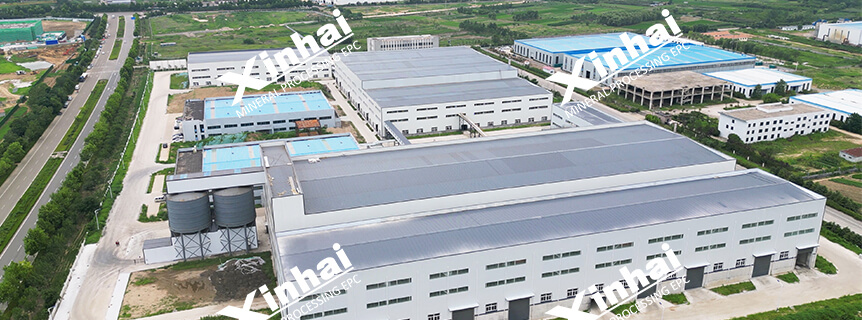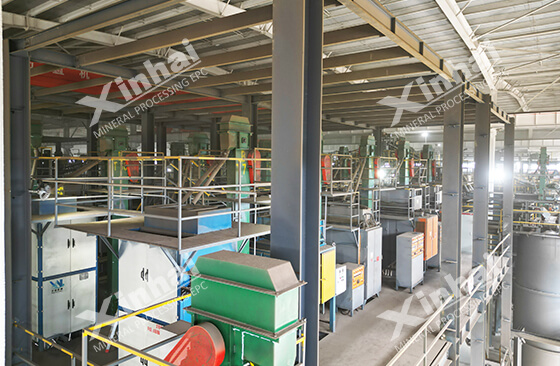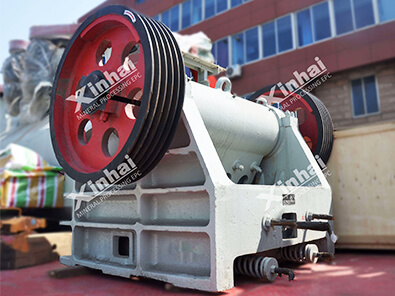What's the Price of A Zircon Processing Plant?
 Shirley
Shirley
 Apr 28, 2024
Apr 28, 2024
 74
74
If you want to know more details about equipment, solutions, etc, please click the button below for free consultation, or leave your requirements!

Zircon (ZrSiO4) is a significant industrial mineral, valued for its applications in the production of ceramics, foundry sands, and as a source of zirconium. The economics of zircon mining are influenced by various factors, including the price of zircon, operational costs, and market demand. This article aims to explore the pricing strategies of zircon mining and processing plants, examining the factors that contribute to the final cost of zircon and the strategies employed by mining companies to remain competitive in a volatile market.
01The Zircon Market Overview
BackDemand and Supply Dynamics: The price of zircon is largely determined by the balance between supply and demand. High demand from the ceramics and foundry industries, coupled with limited supply, can drive prices up.
Global Distribution: Zircon mines are located across the globe, with major deposits found in Australia, South Africa, and the United States. The distribution of these mines affects the transportation costs and, consequently, the final price of zircon.
02Cost Factors in Zircon Mining
BackAcquisition and Exploration: The initial costs of acquiring mining rights and exploring for zircon deposits can be substantial.
Mining and Extraction: The actual mining process involves significant costs, including labor, equipment, and energy consumption.
Processing and Refining: Once extracted, zircon must be processed to remove impurities and increase its purity. This step adds to the overall cost.
Transportation and Logistics: The costs associated with transporting the raw zircon to processing plants and then to end-users can be significant, especially over long distances.
Environmental Compliance: Modern mining operations must adhere to strict environmental regulations, which can incur additional costs.

03Pricing Strategies
BackCost-Plus Pricing: Many zircon mining companies use a cost-plus pricing strategy, where the final price of zircon is calculated by adding a markup to the total cost of production.
Value-Based Pricing: Some companies may opt for value-based pricing, setting the price according to the perceived value of zircon in the market.
Competition-Oriented Pricing: In a competitive market, companies may adjust their prices based on the prices set by their competitors.
Dynamic Pricing: Given the fluctuating nature of the market, dynamic pricing strategies that allow for frequent adjustments in response to market changes can be beneficial.
04Operational Efficiency and Cost Reduction
BackTechnological Innovations: Investing in advanced mining and processing technologies can lead to significant cost savings.
Scale Economies: Larger operations can often achieve lower costs per unit of zircon produced due to economies of scale.
Supply Chain Optimization: Streamlining the supply chain can reduce transportation and logistics costs.

05Market Analysis and Forecasting
BackDemand Forecasting: Accurate forecasting of market demand can help mining companies plan their production and pricing strategies effectively.
Price Elasticity: Understanding the price elasticity of demand for zircon allows companies to predict how changes in price will affect the quantity demanded.
06Environmental and Social Considerations
BackSustainable Mining Practices: Adopting sustainable mining practices can enhance a company's reputation and potentially command a premium price for its zircon.
Community Engagement: Engaging with local communities and ensuring that mining operations benefit local economies can lead to social license to operate and a positive brand image.
07Regulatory Factors and Compliance
BackMining Regulations: Compliance with mining regulations can influence the cost structure and, by extension, the pricing of zircon.
Trade Policies: Changes in trade policies, such as tariffs and quotas, can affect the cost of importing and exporting zircon, impacting its price.
08Future Outlook and Challenges
BackTechnological Advancements: The mining industry is expected to benefit from advancements in areas such as automation and artificial intelligence, which could disrupt traditional pricing models.
Market Volatility: The zircon market, like other commodities, is subject to volatility. Companies must develop strategies to manage risks associated with price fluctuations.
Emerging Markets: The growth of emerging markets could lead to increased demand for zircon, affecting its price and the overall market dynamics.
09Conclusion
BackThe pricing of zircon in mining and processing plants is a complex interplay of cost factors, market dynamics, and strategic considerations. As the industry evolves, companies must remain agile and adaptive, leveraging technological advancements and market insights to maintain a competitive edge. Understanding the intricacies of zircon pricing is crucial for the long-term success and sustainability of mining operations.
 +86 13810565920
+86 13810565920 xlyin@xinhaimining.net
xlyin@xinhaimining.net




 Message
Message Chat Now
Chat Now















